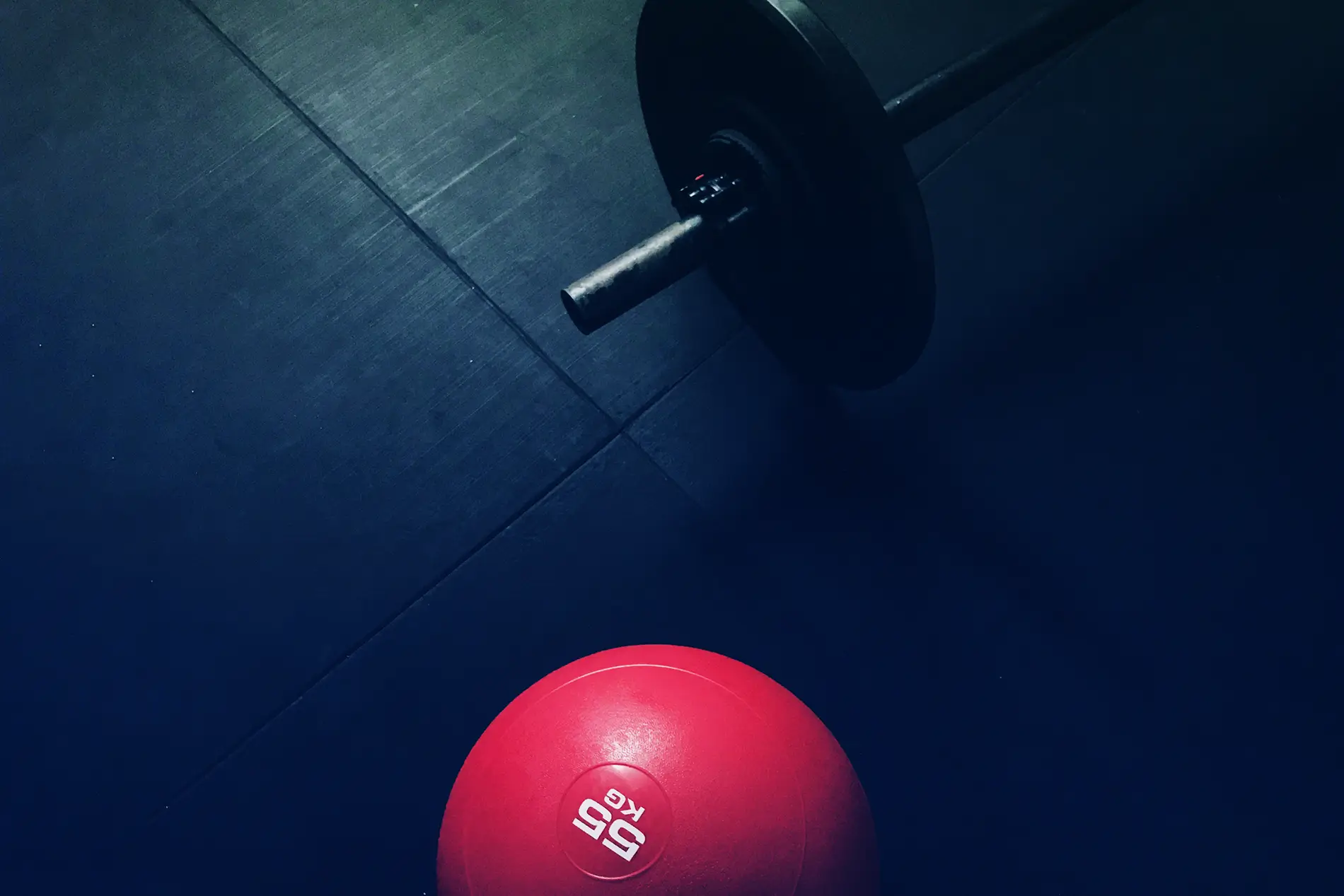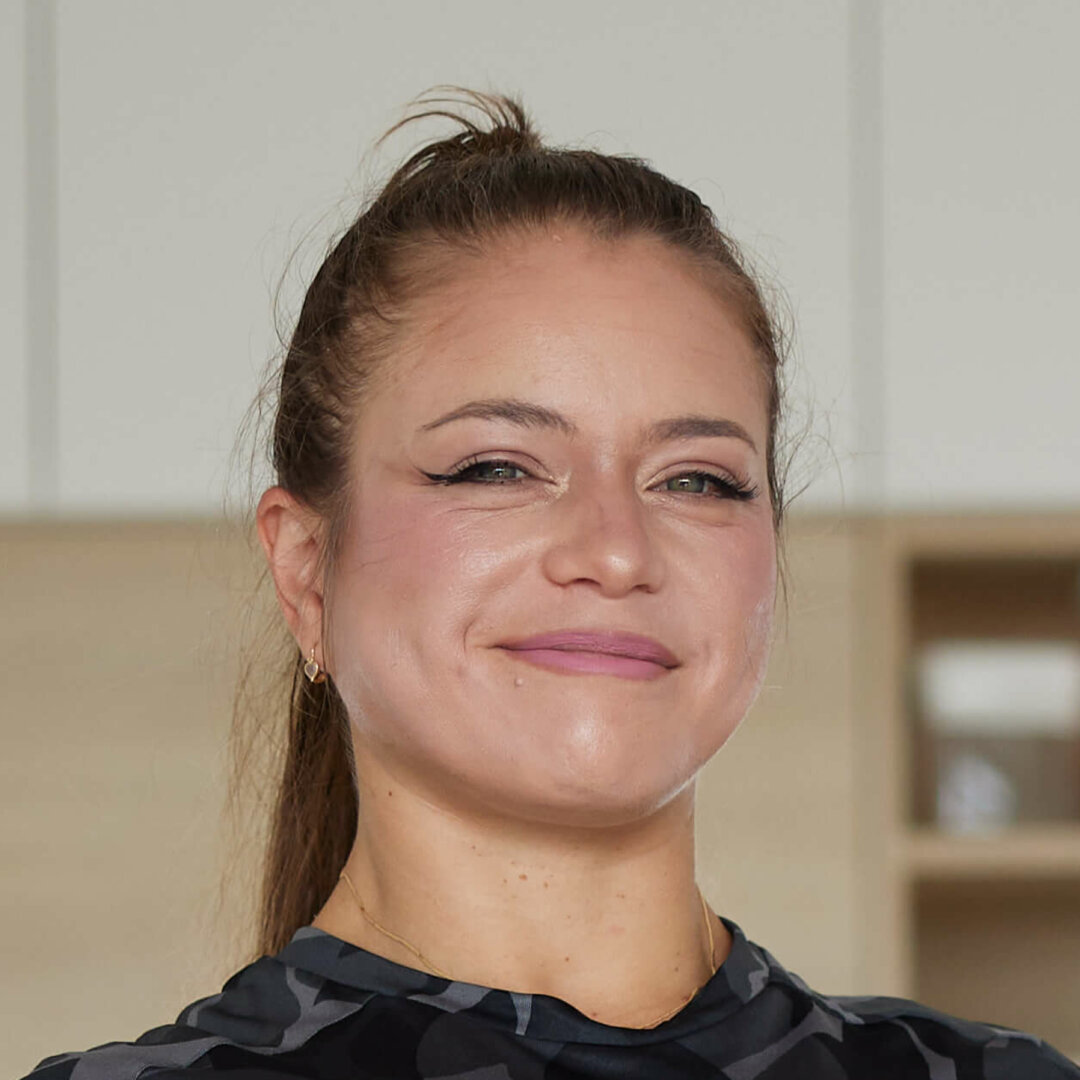The beneficial effects of aerobic training (AT) on preventing excess fat mass, and of resistance training (RT) on skeletal muscle adaptation, are well established. However, the effects of combining both i.e., concurrent training (CT) compared to AT or RT alone on body composition in middle-aged and older adults are less understood, and therefore, the focus of this meta-analysis.
Overview
- What did they test? The authors conducted a systematic review and meta-analysis of RCTs that compared the effects of concurrent training (aerobic + resistance) versus aerobic or resistance training alone on body composition in middle-aged (50 to <65 years) and older adults (≥65 years).
- What did they find? A total of 53 studies involving 2873 participants were included. Concurrent training resulted in greater improvements in body composition, particularly in reducing fat mass and preserving or increasing lean body mass, compared to aerobic or resistance training alone.
- What does it mean for you? Adults aged 50+ should combine both aerobic and resistance training to improve body composition. Since aging is associated with the loss of skeletal muscle and accumulation of fat mass, both of which are associated with detrimental changes in function and activities of daily living, CT can be recommended to optimize both aspects of body composition.
What’s the Problem?
Purpose
Aging is associated with progressive loss of skeletal muscle and increased body fat, mainly in visceral depots 1. After 30 years of age, muscle mass is lost at a rate of about 3–8% per annum, and this increases further after 50 years of age 2. This age-related loss of skeletal muscle mass and function, called sarcopenia, is associated with loss of mobility, loss of strength, fall-related injuries, hospitalization, and increases in adiposity and mortality 3.
Exercise training and physical activity are effective and safe non-pharmacological interventions for older adults that can improve cognitive function, cardiometabolic health, cardiorespiratory fitness, muscle mass, and muscular strength 4. Despite the beneficial effects of resistance training (RT) on fat mass and visceral fat 5, aerobic-based exercise training (AT) is the most widely studied 6.
Given the simultaneous loss of skeletal muscle, rise in fat mass, and concomitant changes in body fat distribution with advancing age, a combination of AT and RT (concurrent training; CT) may optimize the benefits of exercise training 7. Currently, previously published randomized trials have reported inconsistent results and to our knowledge, there is no meta-analysis addressing the effects of CT versus either AT or RT alone on muscle and fat mass in older adults.
Therefore, in this article we will be looking at a systematic review and meta-analysis that investigated the effects of CT versus AT or RT alone on body composition in middle-aged (50 to <65 years) and older adults (≥65 years).
Hypothesis
The authors hypothesised that CT would be as effective as AT in reducing body fat mass, and as effective as RT in increasing muscle mass. Additionally, they hypothesized that CT would be more effective than AT alone in reducing adiposity and increasing muscle mass.
What Did They Test and How?
Participants
A total of 53 studies involving 2873 middle-aged (50 to <65 years) and older adults (≥65 years) were included in the meta-analysis. The mean ages and BMIs of participants ranged from 51 to 82 years old, and 23 to 35 kg·m2. The sample sizes of studies varied, with a range from 15 to 208 participants. Participants with a wide range of health statuses and chronic diseases such obesity, type 2 diabetes, and cardiovascular diseases were included.
Study Procedures
This systematic review and meta-analysis was performed following Preferred Reporting Items for Systematic Reviews and Meta-Analyses (PRISMA) guidelines and was registered with PROSPERO.
Three electronic databases (PubMed, Web of Science, and Scopus) were searched for relevant studies from inception to March 2024 to identify randomized trials that compared CT versus AT or RT alone. The search was conducted using four groups of keywords: aerobic training, resistance training, concurrent and older age. See Figure 1 for a flow diagram of the systematic literature search.
Studies were included if they were published in the English language in peer-reviewed journals and met the following PICOS criteria (population, intervention, comparator, outcomes, and study design).
- Population: studies that included middle-aged (50 to <65 years) and older adults (≥65 years), regardless of health status and biological sex. Older adults with and without chronic diseases were included in the meta-analysis; however, studies involving trained or athletic older adults were excluded.
- Intervention: Concurrent training had to last at least two weeks and could include flexibility or balance exercises. However, CT protocols that used high-intensity interval training (HIIT) instead of AT were excluded. There were no limitations on the intensity, duration, or frequency of exercise sessions.
- Comparator: Studies involving AT and/or RT alone were included; however, studies involving only a non-exercise control group, or other type of exercise such as HIIT, were excluded.
- Outcome: Main outcomes included fat mass, body fat percentage, lean body mass, muscle mass or volume, and muscle and fiber cross-sectional area (CSA)), whilst secondary outcomes included body weight and body mass index (BMI), using any assessment method (eg DEXA, MRI, computed tomography (CT) scans, BIA, skinfolds).
- Study Design: Only randomized, parallel trials comparing CT versus AT and/or RT alone were included.
Relevant data were extracted from each study independently by two reviewers then checked by a third author, including:
- Study characteristics (first author, year of publication, and study design),
- Participant characteristics (number of participants, mean age, biological sex, BMI, and health status)
- Exercise intervention details (type, mode, intensity, duration, and frequency)
- Outcomes variables and their measurement methods
Intervention durations ranged from 6 weeks to 12 months, whereas frequencies of sessions per week ranged from two to five, with three sessions used in the most of studies. Most of the studies used supervised exercise sessions, and CT that included combined AT and RT in the same sessions was used in a majority of studies.
Effect sizes, means, and standard deviations (SD) were calculated. A meta-analysis was conducted via a software called Comprehensive Meta-Analysis version 3 (a special software program used for meta-analyses) to compare CT with either AT or RT alone on body composition using mean differences and 95% confidence intervals using random effects models. In addition, statistical heterogeneity (how much variability there is between studies) was assessed using a statistical method called Q statistic and I2 statistic. Publication bias (bias that arises if studies with certain outcomes only were published) was assessed by looking at a special type of graph (called a funnel plot) and using a statistical test (called Egger’s test). If they found signs of bias, they used a method called "trim and fill" to adjust the results and make them more balanced. In addition, sensitivity analyses were performed by removing studies with less-reliable measurement methods including BIA and skinfolds and studies with unmatched exercise volumes (between CT and AT/RT).







